In a candid new interview, singer Shaan says playback veterans are too quickly tagged “from the ’90s” even as their songs explode on Reels and YouTube—proof that audiences keep renewing the old catalog. He wants the industry to judge voices on merit, not era, and ride today’s short-video wave to commission more originals, not just remixes.
The moment—and the message
Shaan’s latest comments tap into a long-running argument in Hindi film music: Are legacy voices ‘dated’—or simply between hits? In a conversation published today, he points out a cultural asymmetry: film heroes age into timeless icons; singers get timestamped. It’s a smart, uncomfortable observation—and it lands at a time when India’s music economy is being remixed by short-video platforms and streaming analytics.
The irony, as he notes, is that the same “’90s” catalog is more visible than ever. Instagram Reels has become India’s dominant short-video format, and it constantly revives older hooks for a younger audience—sometimes through remakes, often through fan edits and live clips. Multiple fresh studies this week put Reels at the top of India’s short-form stack, cementing its role in how songs find second, third, and fourth lives.
The “dated” tag vs. the data
It’s tempting to narrate music through decades. But platform behavior tells a different story. Reels-led discovery accelerates the rotation between legacy catalog and new drops: a viral dance step or dialogue mash-up can spike streams for a 20-year-old track within hours. That’s not nostalgia alone—it’s algorithmic circulation. India’s catalog has become a liquid archive that today’s listeners dip into with zero anxiety about release year.
This is happening atop a surging streaming base. Industry trackers report that music royalties in India crossed ₹700 crore in 2024, up sharply year-over-year, with streaming the primary driver; consulting studies also estimate hundreds of millions of music users and trillions of annual streams. All of that means old hits + new behaviors = recurring discovery—which supports Shaan’s point that an “era” label says little about relevance.
Gen-Z knows him—sometimes from a meme first
Part of Shaan’s renewed visibility among younger audiences came from an unexpected place: a pandemic-era Instagram Live clip that mutated into the “abuser-uncle” meme. He has since joked about how many Gen-Z listeners first recognized the meme, then went back to the music—a weird, modern gateway, but a gateway nonetheless. In recent interviews and social posts, he’s been good-humored about it, while reminding people that catalog ≠ career.
The lesson here isn’t PR; it’s platform literacy. Artists who lean into moments—even chaotic, memetic ones—often see a catalog dividend: revivals of “Tanha Dil,” “Chaand Sifarish,” or tour clips that travel new rails to audiences who weren’t around for the CD era. (Yes, Reels again.)
Why the ’90s won’t sit still
Calling the ’90s a “genre” misses what’s really moving:
- Formats changed; hooks didn’t. The 15- to 30-second hook economy of short-video favors songs with clear motifs—a thing the ’90s excelled at.
- Live has gone digital. Tour clips, fan cams, backstage harmonies: legacy voices feel “present tense” when audiences see them sing today.
- Label economics reward IP reuse. In a competitive streaming market, catalog IP is a margin hero; labels push it via remasters, remixes, and influencer challenges.
Shaan’s argument is that this momentum should fund new work—fresh writing, room for mature male vocals, duets that aren’t age-blind but age-aware. The risk otherwise: a remix treadmill that flatters dashboards but shrinks the future.
What Shaan is really asking for
Strip the headlines and you hear three simple asks:
- Judge the voice, not the vintage. He is pushing against the reflex to prefix singers with “’90s” as if it were a genre penalty. That label is often marketing shorthand—not a measure of current vocal form.
- Commission originals, not only remakes. Reels can launch new melodies just as fast as it revives old ones. If labels chase only safe IP, they’ll miss tomorrow’s evergreen.
- Let platforms bridge generations. Use the same rails that revive “old” Shaan to break “new” Shaan—short clips, creator collabs, live-to-feed strategies.
The platform pulse: what the studies say
Fresh India-specific research finds Reels on top of short-form, with a vast share of daily users across demographics. For artists with deep catalogs, that’s a distribution windfall: every throwback trend is a free trailer for the original song. For labels, it’s a market signal to budget for originals even as they mine old gold.
Meanwhile, the money trail is catching up. Royalty collections have leapt with streaming, and sector reports document digital revenue dominance. India is converging with global patterns where catalog streaming often outpaces front-line in share—but the frontier is how quickly a new single can join the evergreen pool.
The audience isn’t “old” or “new”—it’s layered
Open your For You page and you’ll see 1999 sitting next to 2025. A college kid learns a riff from a father’s playlist; a choreographer flips a “retro” mukhda into a micro-routine; a stand-up comic stitches a Shaan chorus into a gag; a reality show clips a fresh live cover. The social outcome is layered listening: multiple generations share the same hooks for different reasons.
That’s why the “he’s from the ’90s” tag dissolves in use. If the hook lands today, the era is today. Shaan’s point is less about biography than about programming: radio, labels, studios, and platforms should move from era-based to occasion-based curation—moods, functions, formats—so voices can compete on fit, not birth certificate.
The remix conundrum
Remixes keep catalog hot and fans excited—but they can crowd out green-lighting for originals, especially for legacy singers whose new work is treated as riskier. The solution isn’t either/or; it’s a portfolio:
- Keep high-honesty remasters and reinterpretations—where the point is craft, not just volume.
- Tie every catalog push to an original drop window (e.g., “20 days of throwbacks → 1 new single”).
- Use creator challenges for originals the same way you do for remakes; let dancers choreograph to new beats, not only to the old ones.
The upside for Shaan (and peers): the same Reels rails that made “’90s” trend can launch 2025 output—if gatekeepers commit.
What a veteran-forward strategy looks like (practical playbook)
1) Release cadence:
- Quarterly originals with clear hooks designed for short-form.
- Live-room videos (one-take, high-fidelity) within 72 hours of audio drop.
- Creator seed kits: stems, clean chorus, lyric on-screen templates.
2) Collaboration logic:
- Cross-generation duets (legacy + Gen-Z indie), not just rapper features.
- Regional crossovers (Hindi + Odia/Bengali/Punjabi) to widen shareability. (Shaan’s live Odia clip in 2025 showed how quickly regional love travels.)
3) Platform choreography:
- 10-second “sing-with-me” refrains; harmony prompts for community duets.
- Strategic first-use with dance creators, then vocalists, then meme-makers—three waves, same chorus.
- Tour-to-feed loop: city-wise snippets from the night of the show; crowd chorus becomes the ad.
4) Data hygiene for labels:
- Split dashboards for catalog revival vs. new discovery so originals aren’t judged by catalog benchmarks only.
- Reward A&Rs on originals adoption metrics, not just catalog lifts.
But does the voice still travel? (the craft answer)
This is where Shaan’s case rests: can the voice carry new writing? For many legacy singers, the timbre ages into something warmer, weightier, perfect for adult-pop lanes that Bollywood doesn’t program enough. When the writing supports that register (tempo, key, lyric), the result feels current without cosplay. The industry’s job is to commission for the voice in front of you, not for a memory of it.
The industry POV: why labels keep reaching back
Short-video algorithms love the familiar. A known hook gets instant watch-time, which feeds the cycle. With marketing budgets under pressure, it’s rational for labels to push what the feed already likes. But a fully rational catalog strategy can become a creativity trap. The healthiest curves show catalog monetization and original commissioning rising together—and India’s royalty surge suggests the runway exists to risk more new material.
What Shaan’s stance means for listeners
It’s permission to be omnivorous—to love “Tanha Dil” and still expect a 2025 single that isn’t a nostalgia play. And it’s a reminder that audiences, not decades, decide what’s alive. The best test is simple: if the hook sticks, it’s new—even if you met it on a reel with VHS filters.
The culture-tech feedback loop (and why it favors originals)
Every time an old Shaan chorus goes viral, two things happen:
- The catalog compounds (streams, radio spins, syncs).
- The appetite resets—listeners want another refrain that feels just as right for today’s clip language. That’s a demand signal for new writing in the old voice.
And because Reels has mass daily reach in India (far ahead of rival short-form options), that demand signal is loud. The cheapest mistake the industry can make is to mistake feedback for closure.
A last word on labels—of the wrong kind
“’90s singer” is not a slur, but it’s not a genre either. It’s a timeline label that tells you nothing about current pitch, breath, or phrasing. What Shaan is asking—politely, pointedly—is that we listen forward. And if the catalog keeps trending every week, that’s not proof he belongs to the past; it’s proof the past belongs to the present.
#Shaan #BollywoodMusic #Streaming #Reels #GenZ #Catalog #OriginalsNotJustRemix #Entertainment











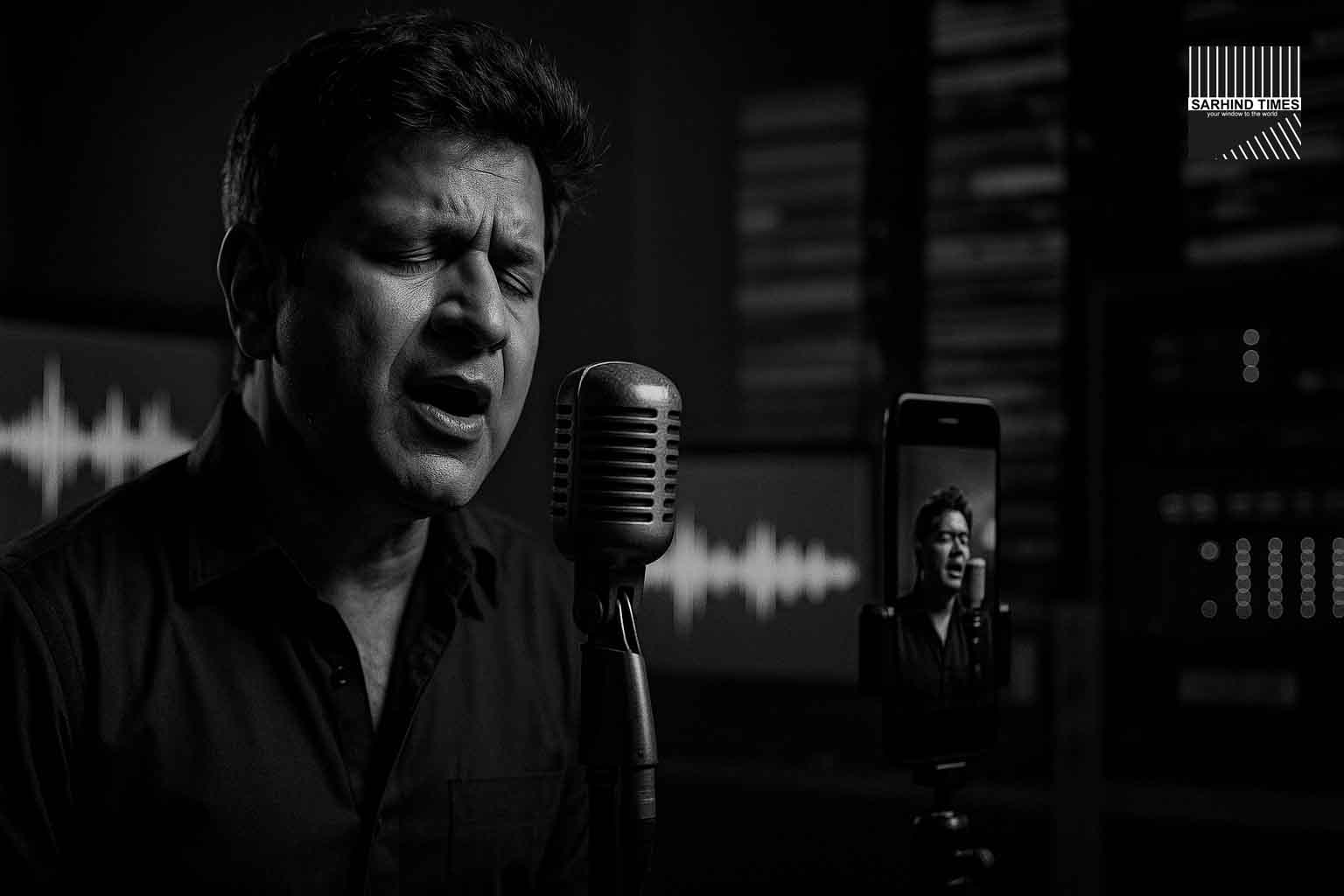
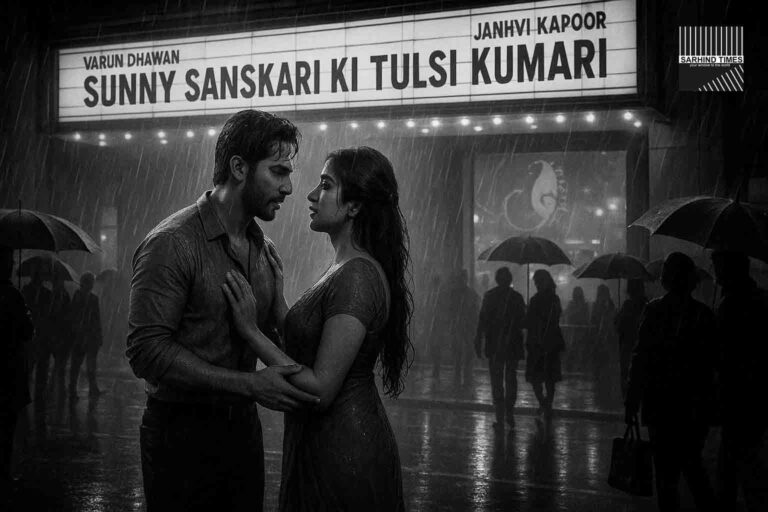
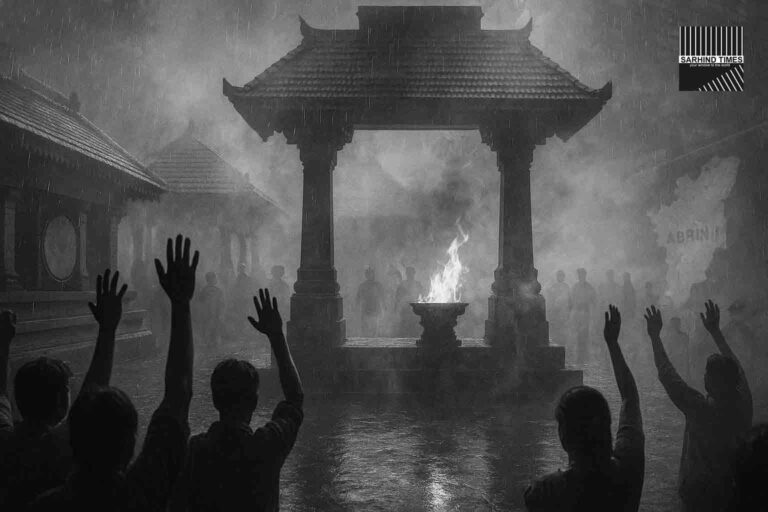
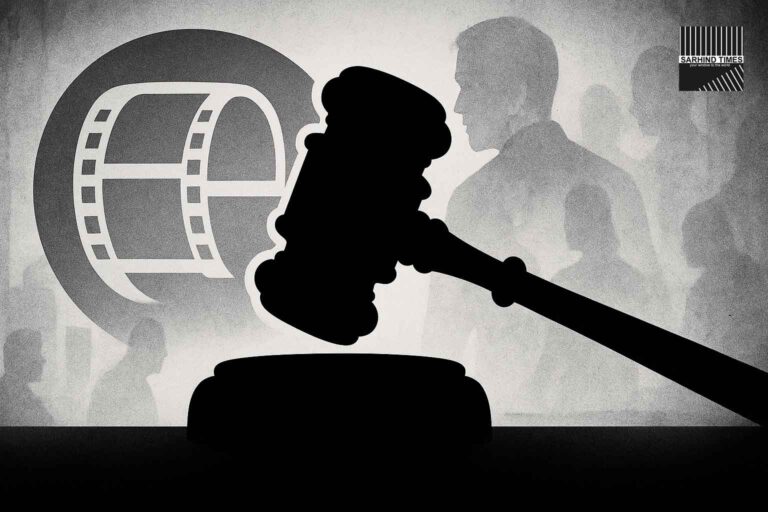




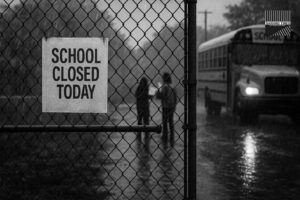





+ There are no comments
Add yours